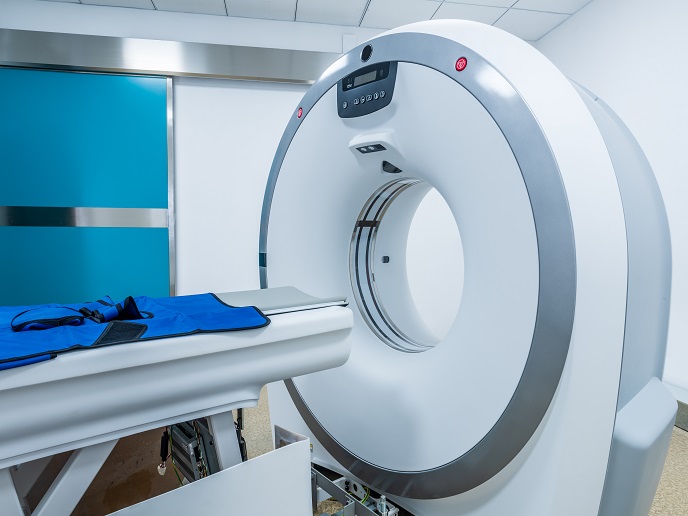SPR sensor for detecting endocrine disruptors
There has been growing concern regarding the large number of endocrine disruptors (EDs) that can be found in the environment. These chemicals, even at low levels, are believed to cause adverse health effects like cancer, behavioural problems and reproductive and developmental abnormalities. In response to this challenge, the MENDOS project has developed an artificial receptor-based optical sensor system for assessing and screening EDs in the environment. A laboratory prototype of an SPR sensor was produced, which can cope with a high throughput. Surface plasmon resonance forms the basis for many standard tools for measuring the accumulation of material onto flat metal surfaces or the surface of metal nanoparticles. The sensor represents a generic platform. It uses sequential chip scanning to read SPR spectra from rows of diffraction gratings and offers several hundred independent sensing channels. By applying the right surface chemistry and biorecognition elements, the novel sensor can detect molecular interactions and work in parallel with other observations. It is also capable of detecting many analytes or screening many samples for a single analyte.







